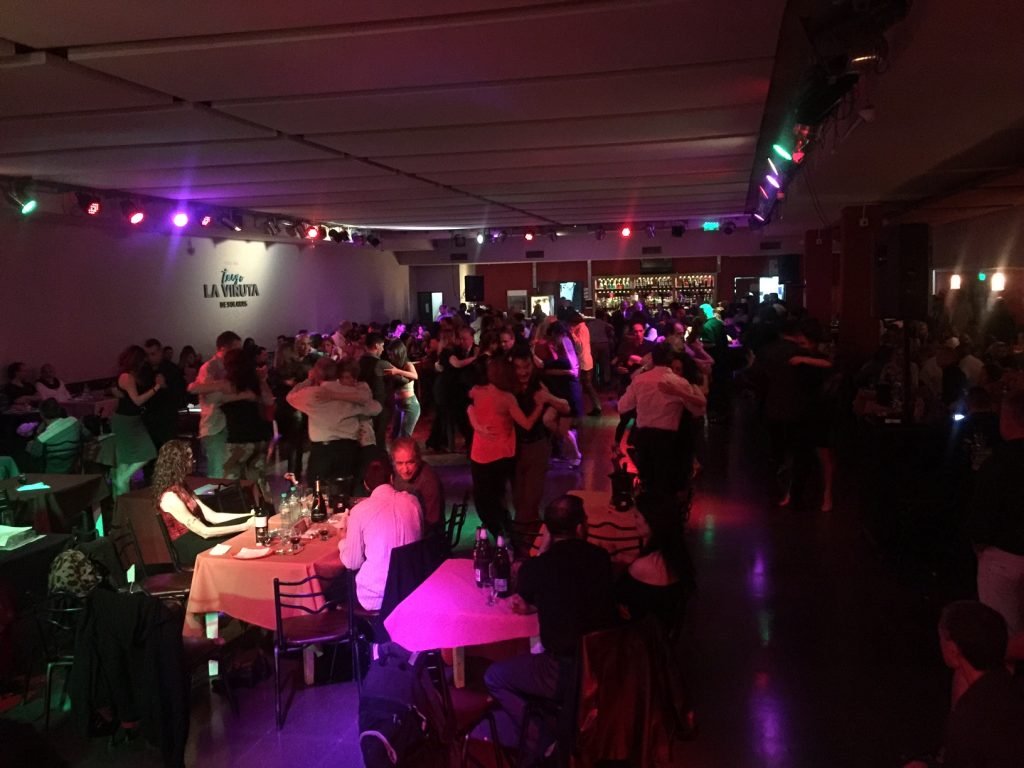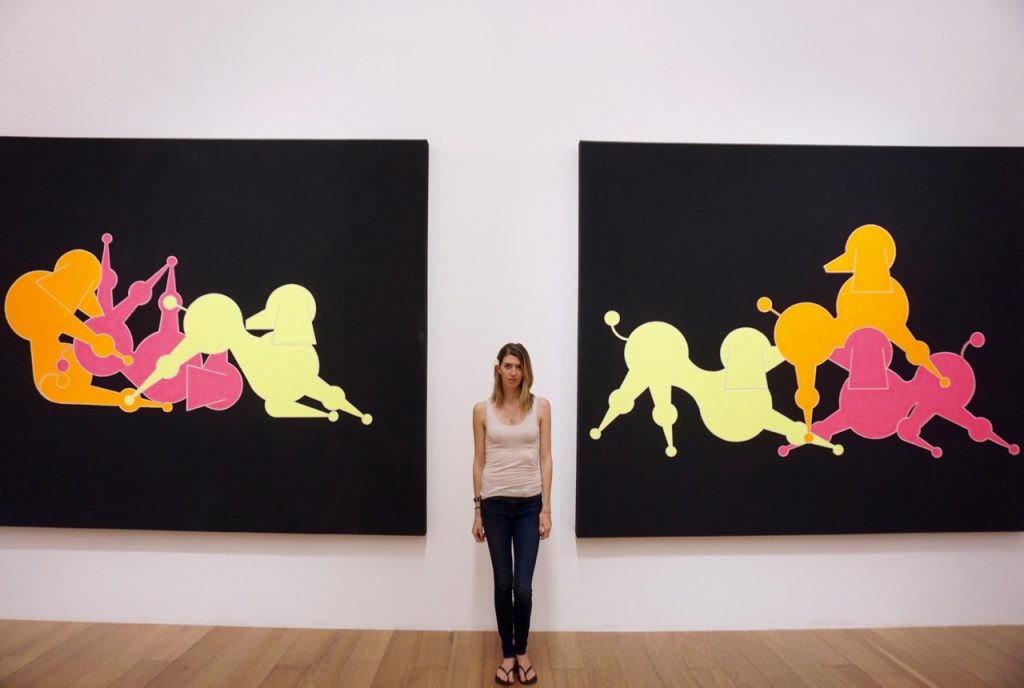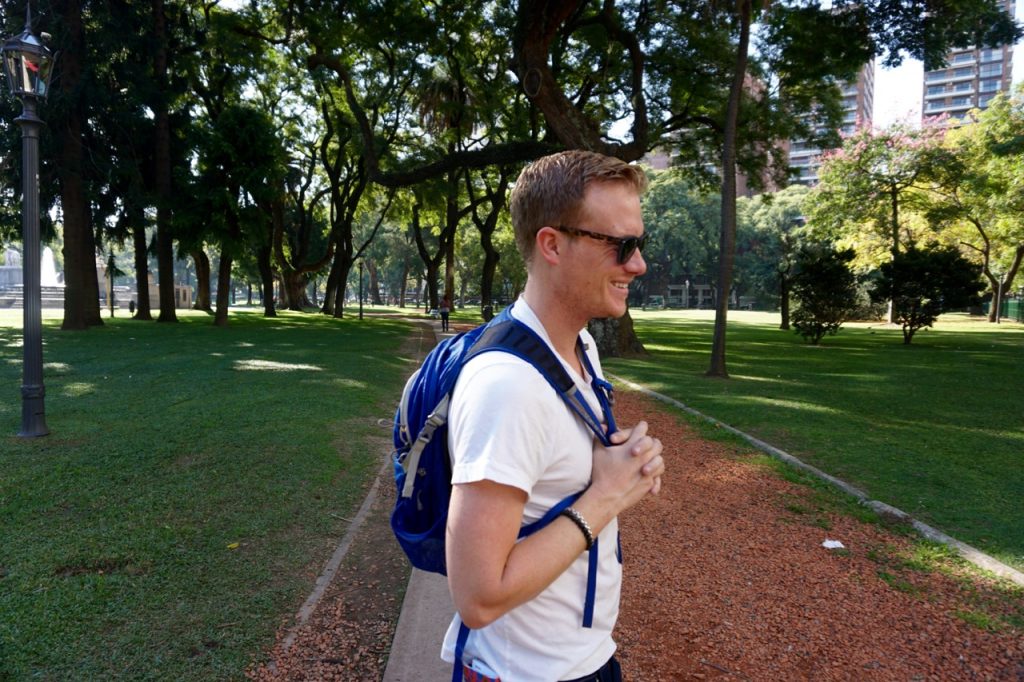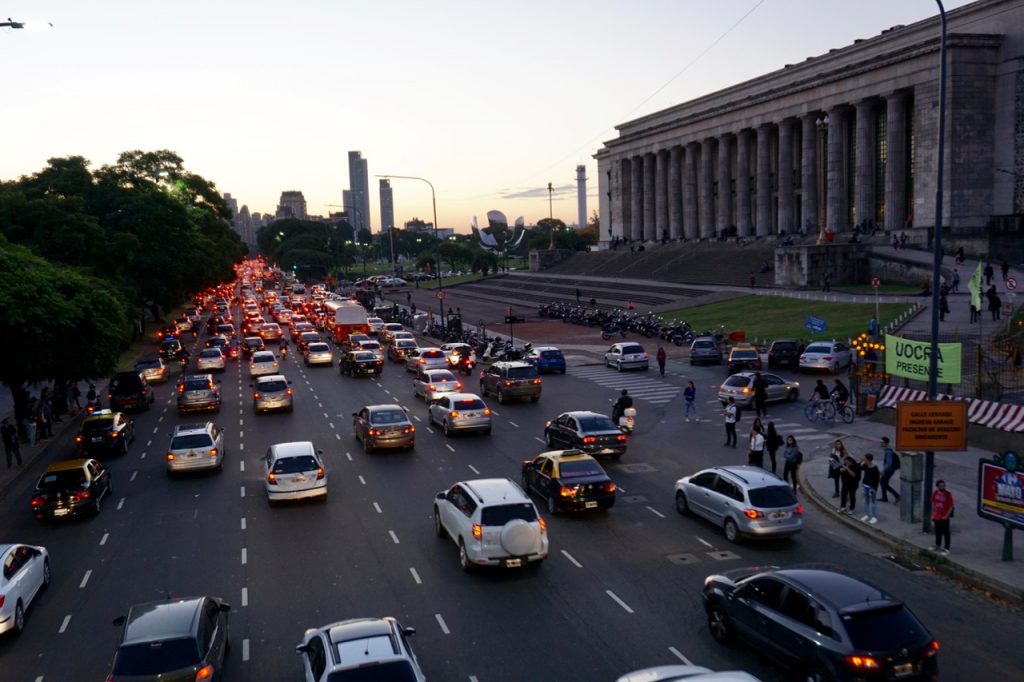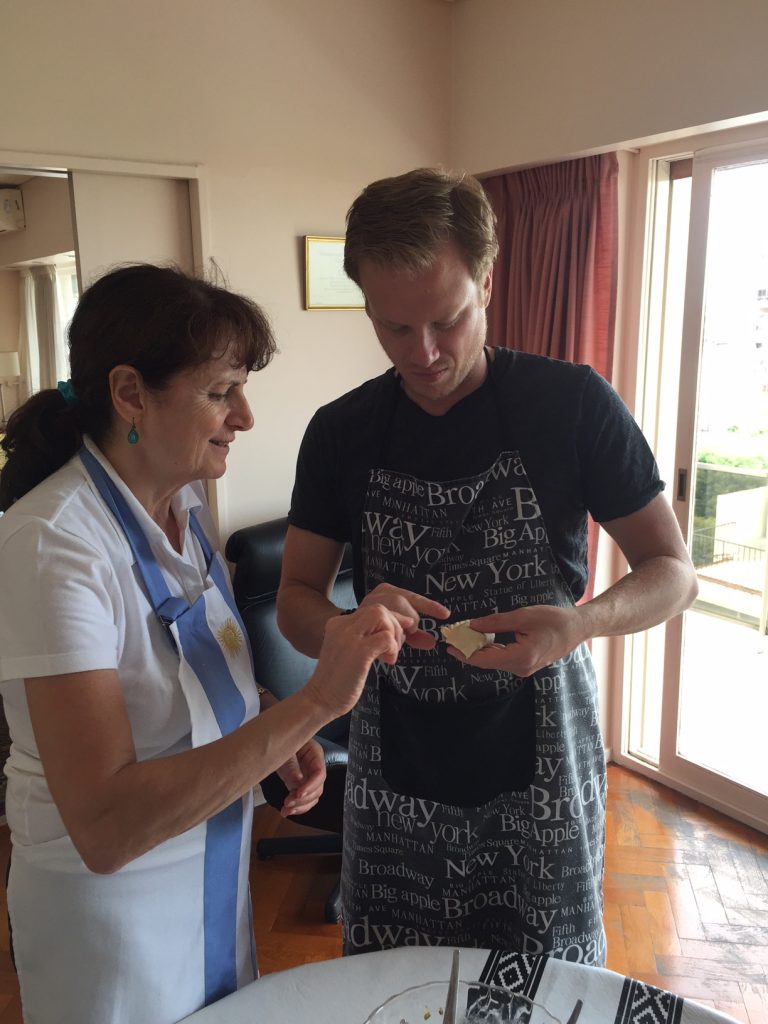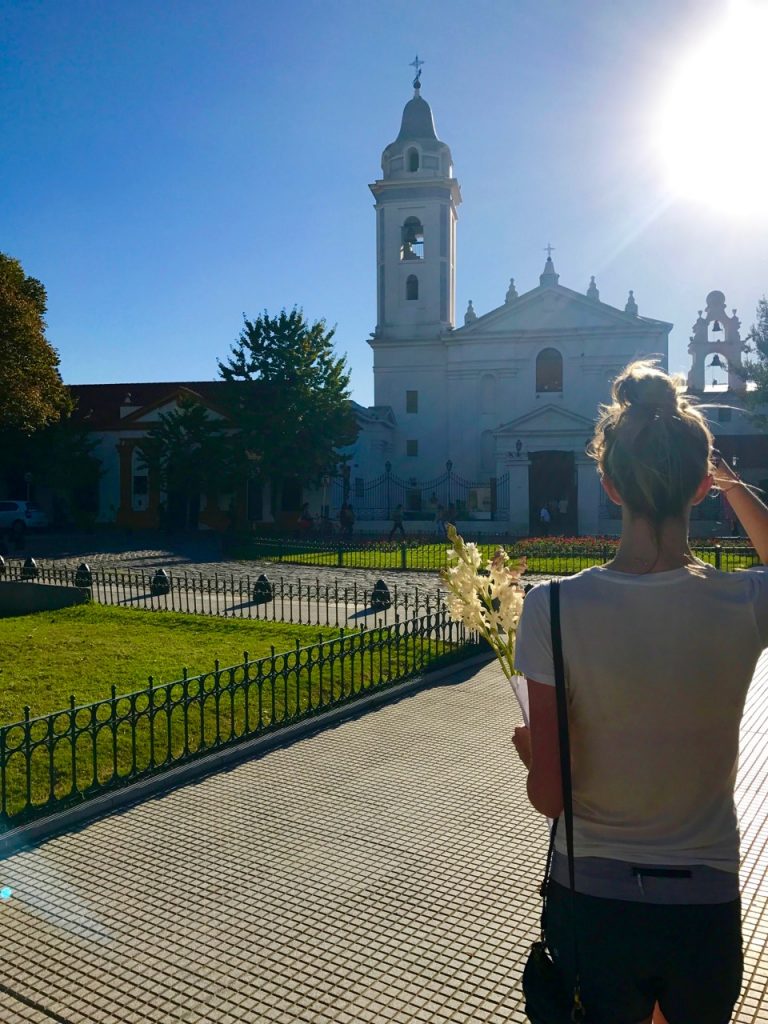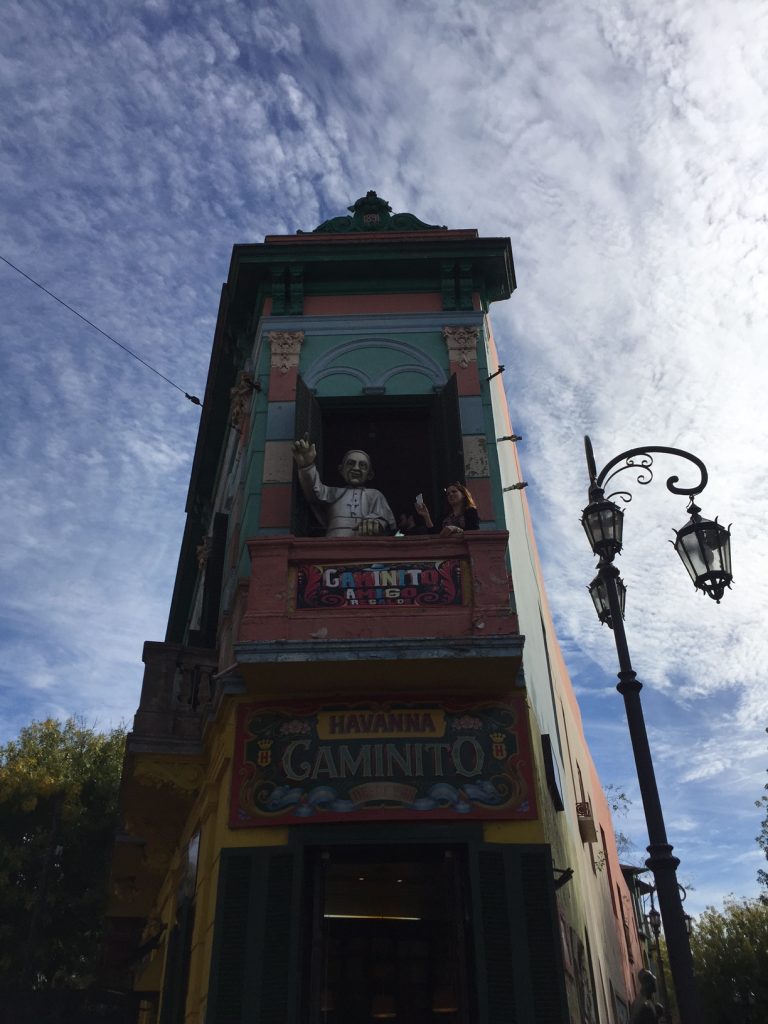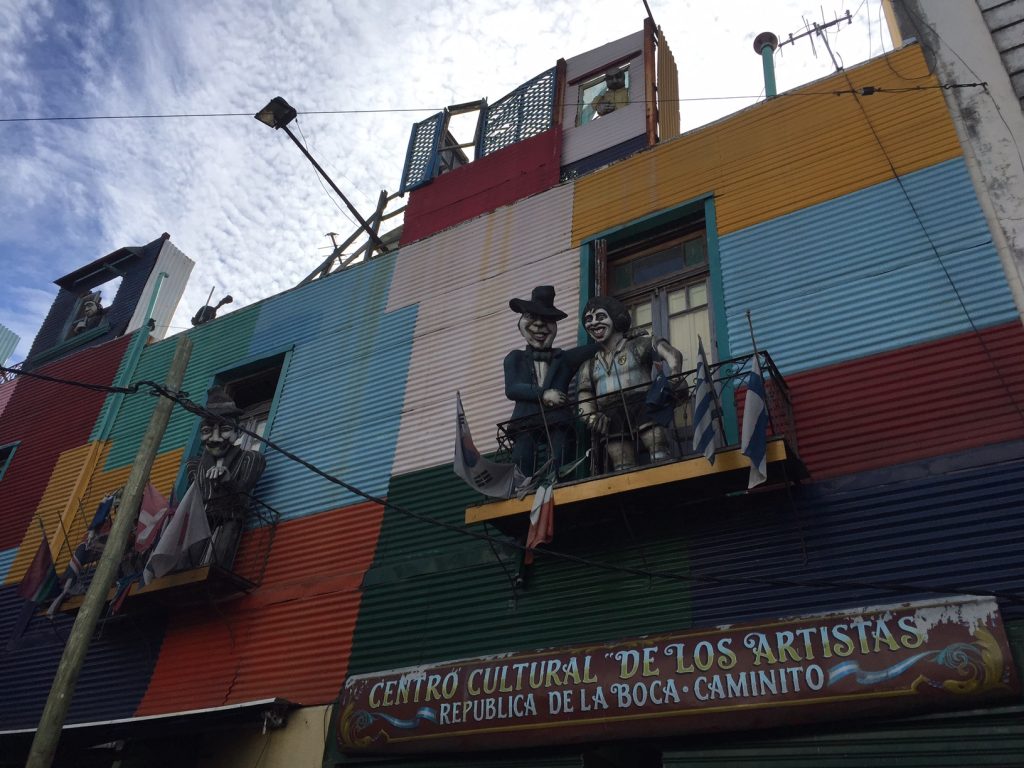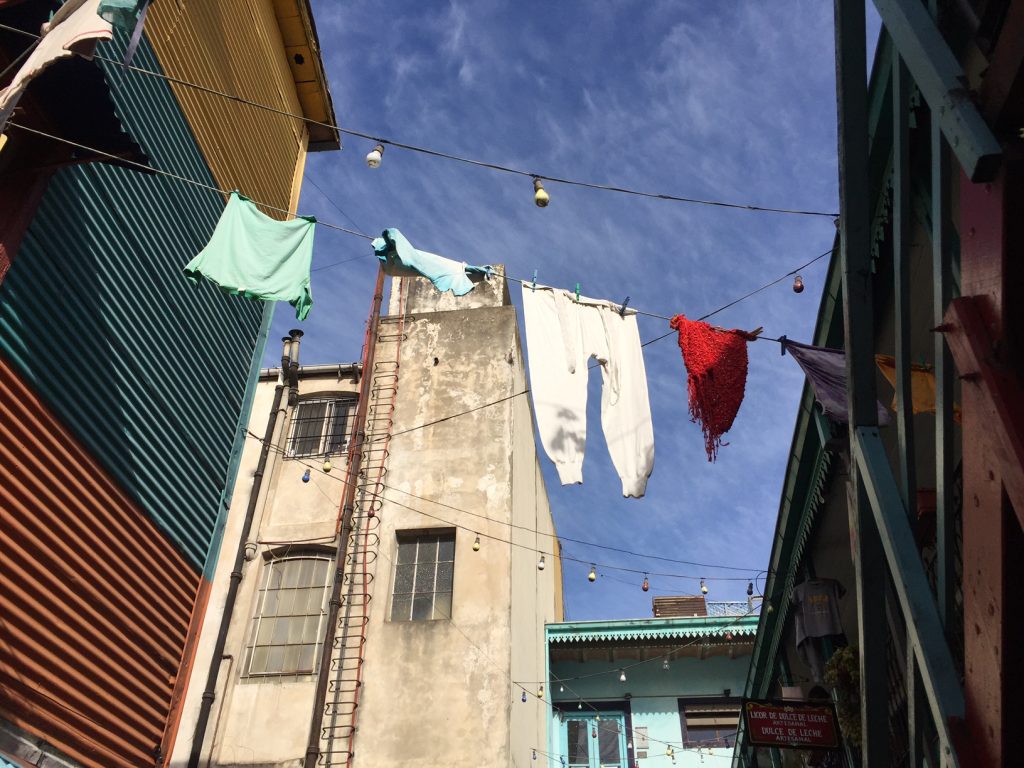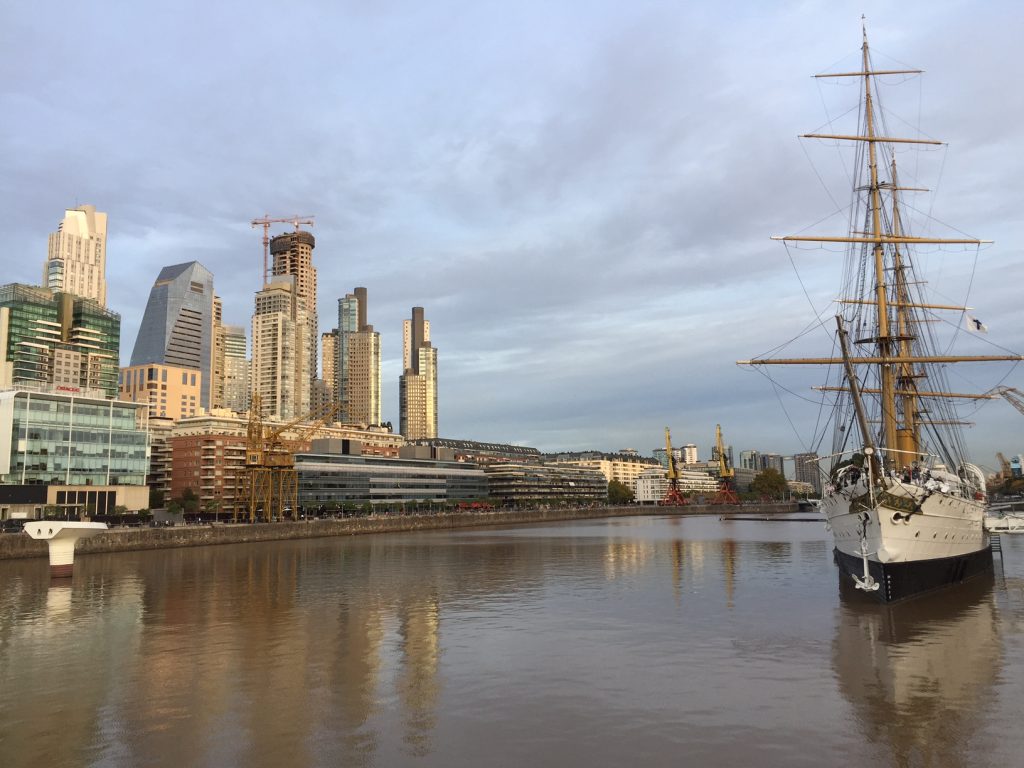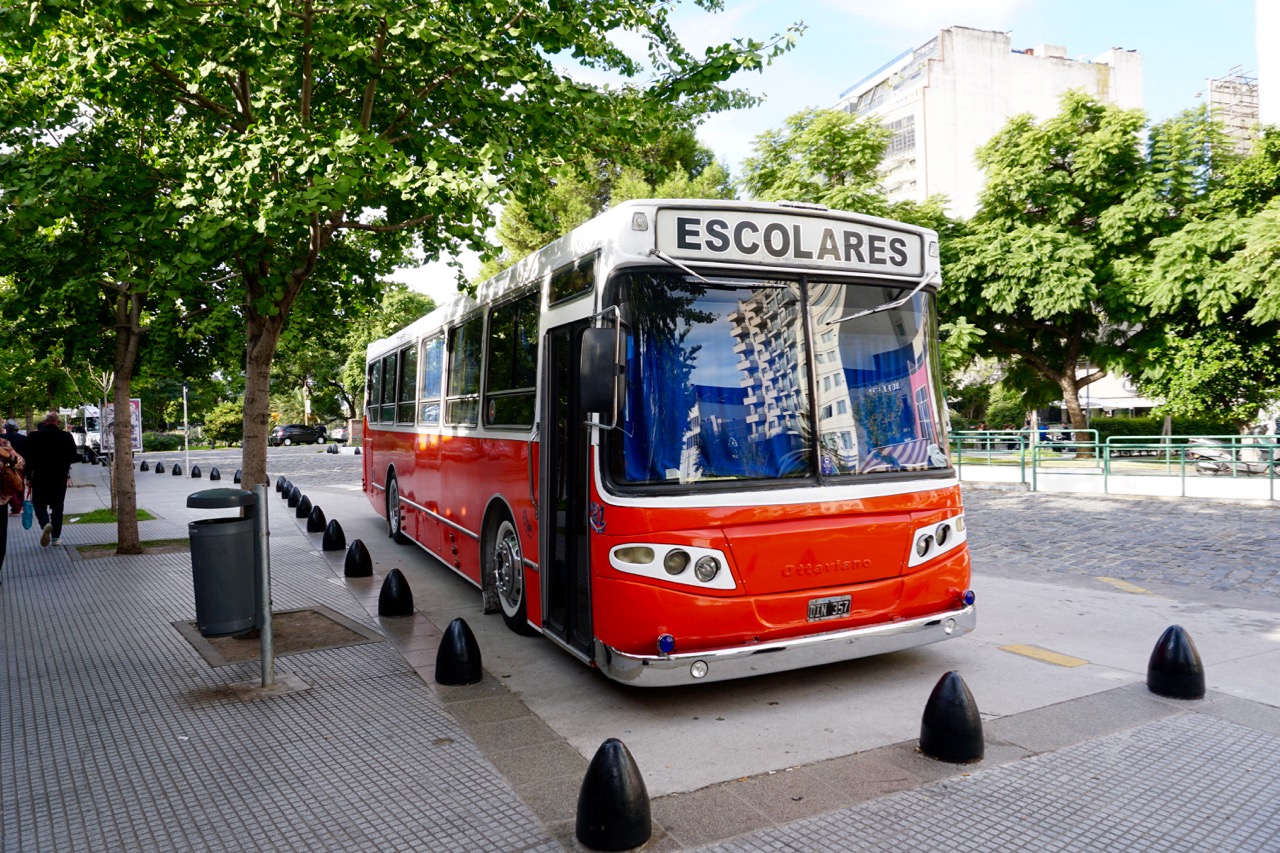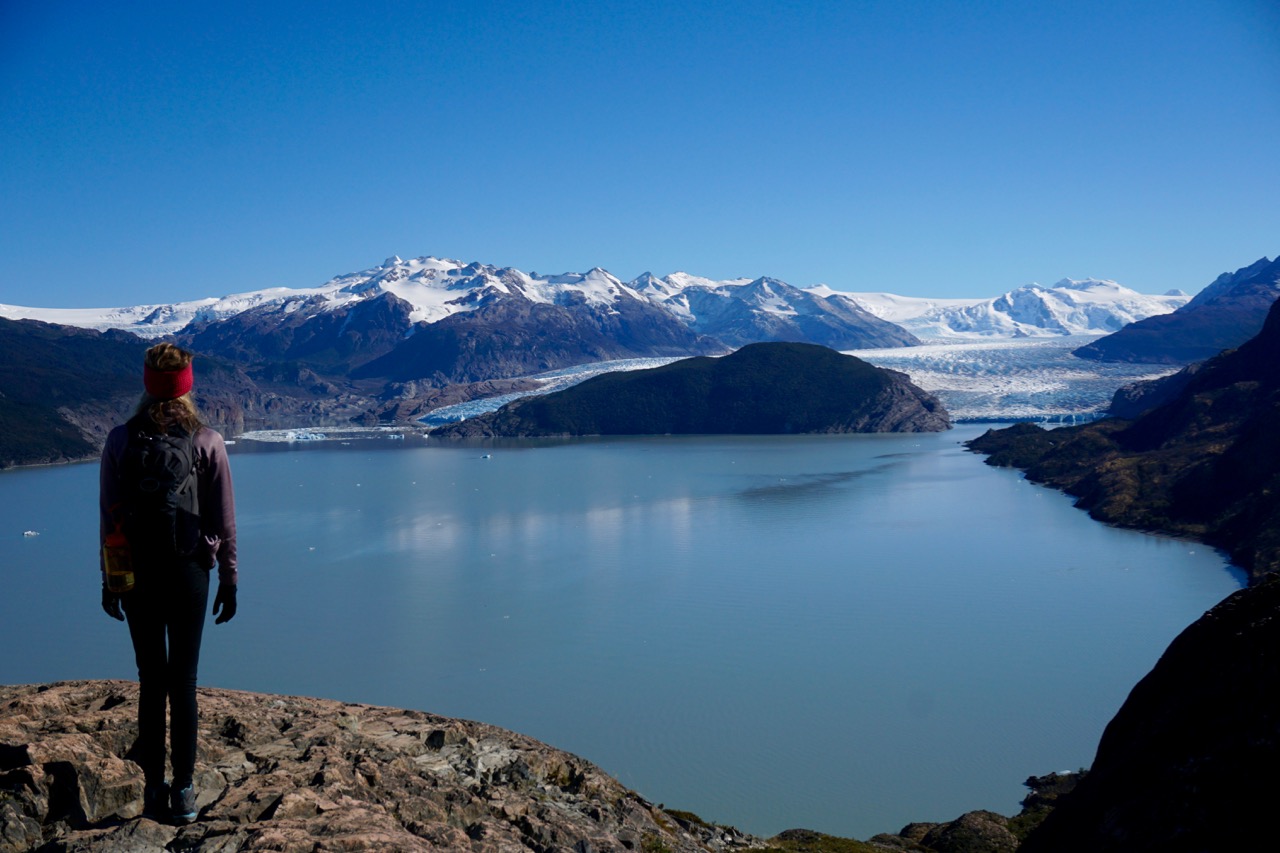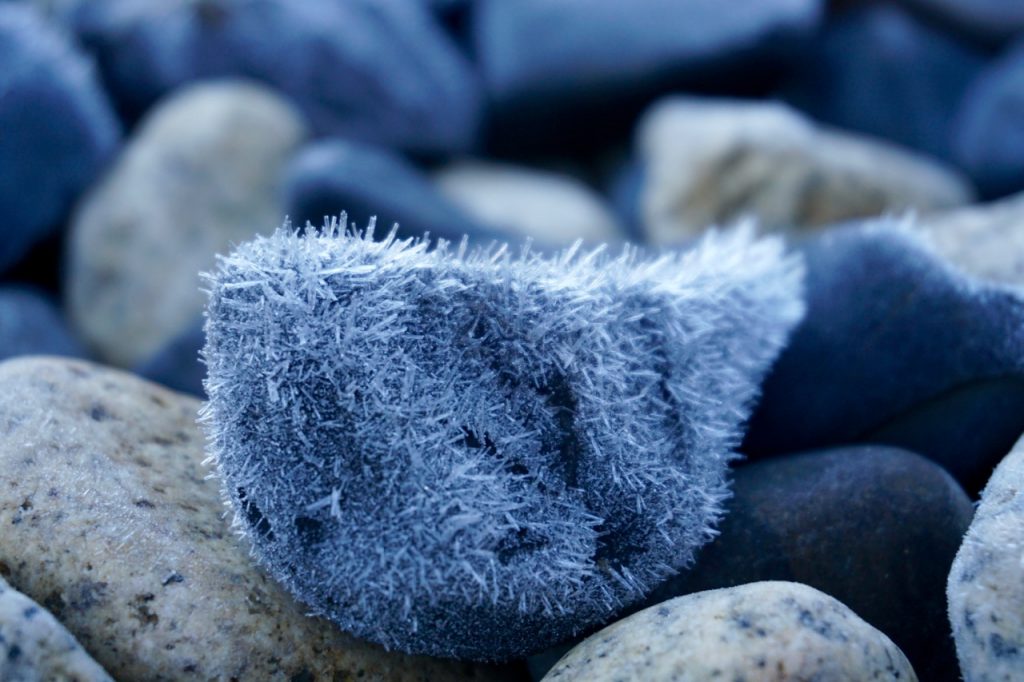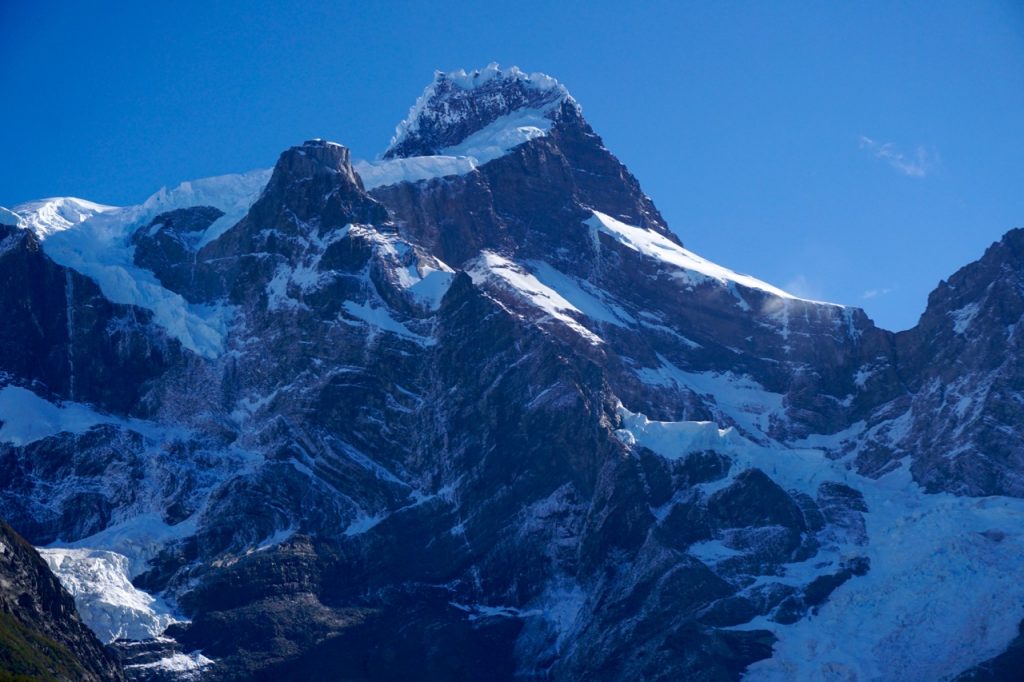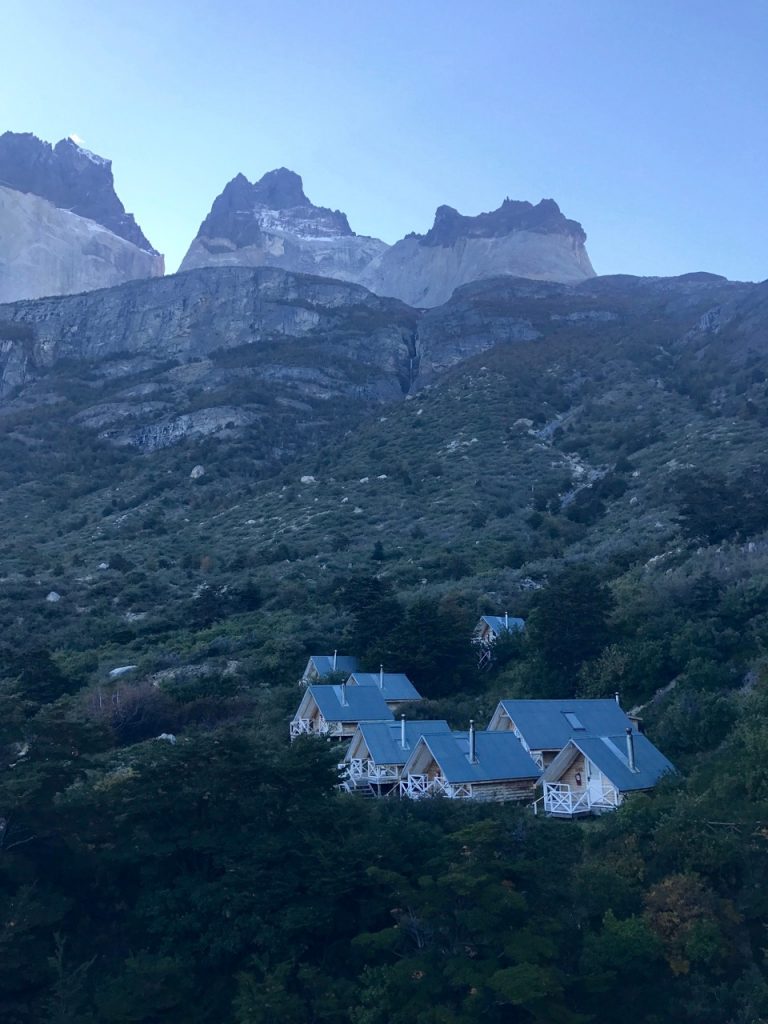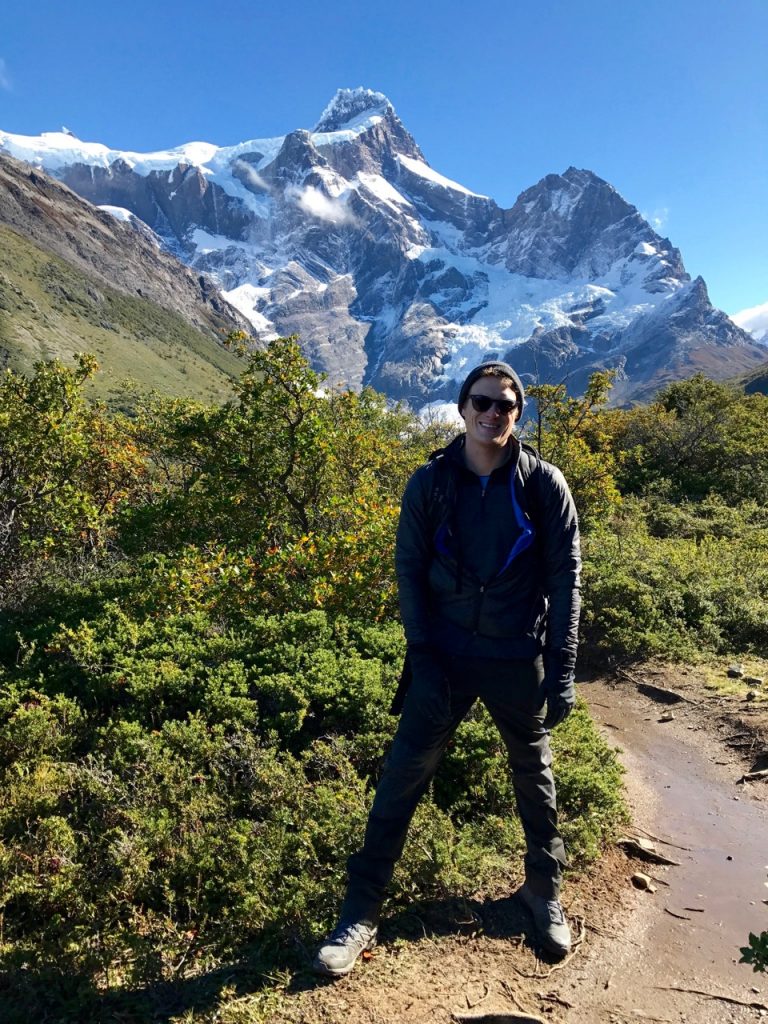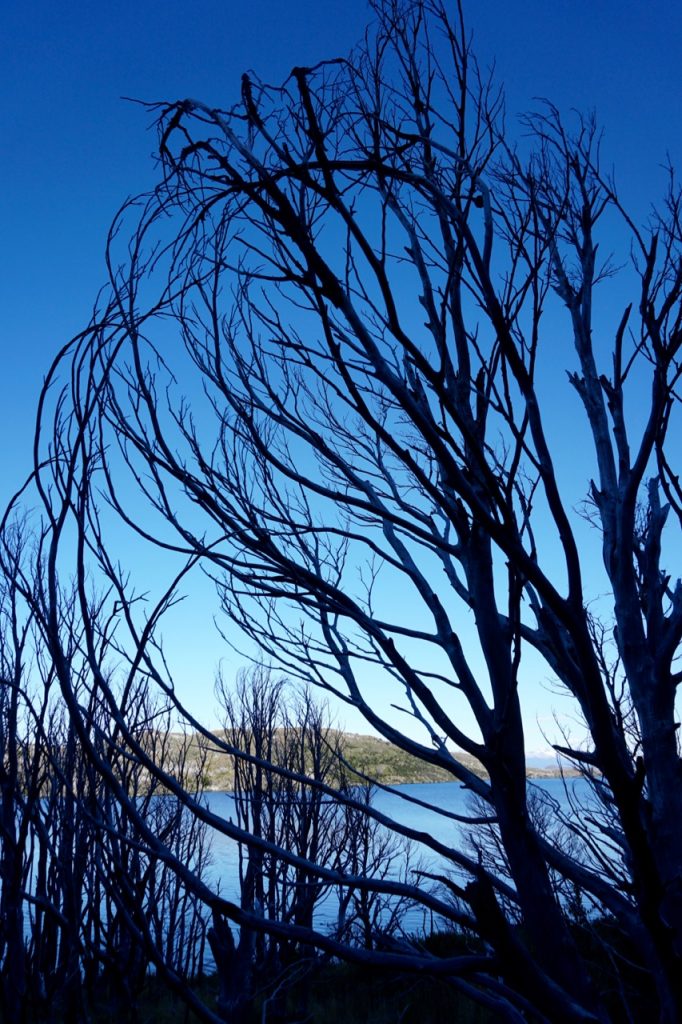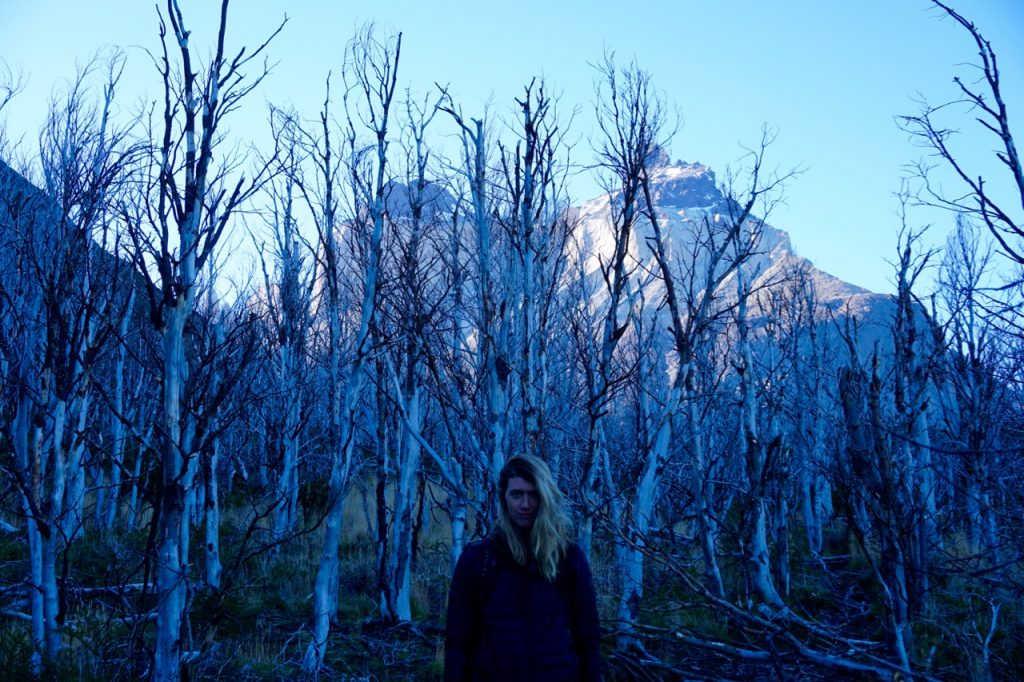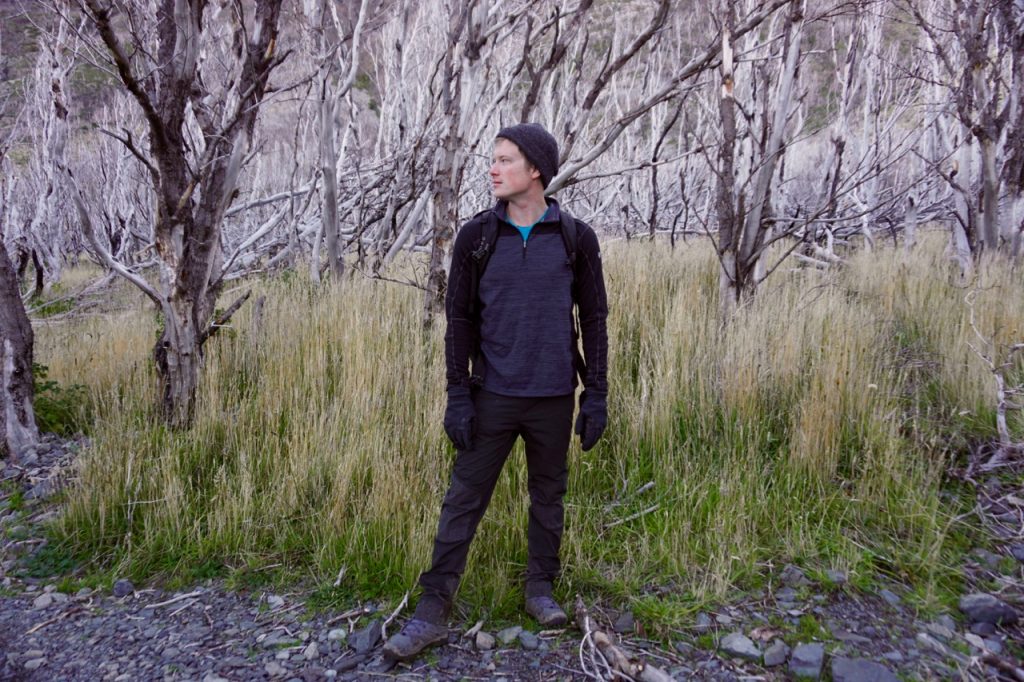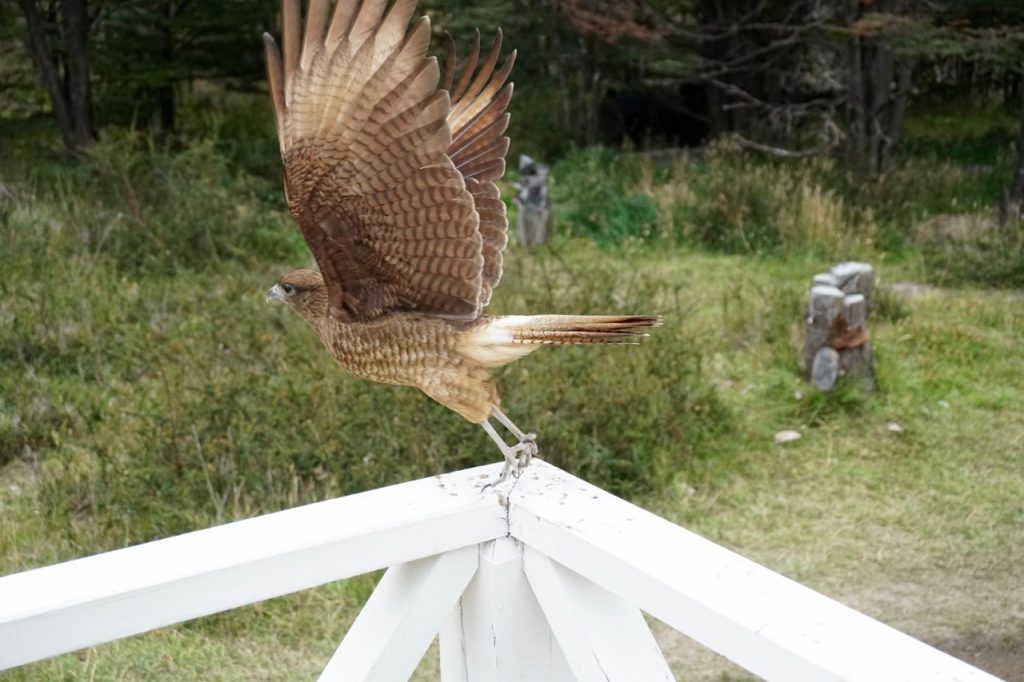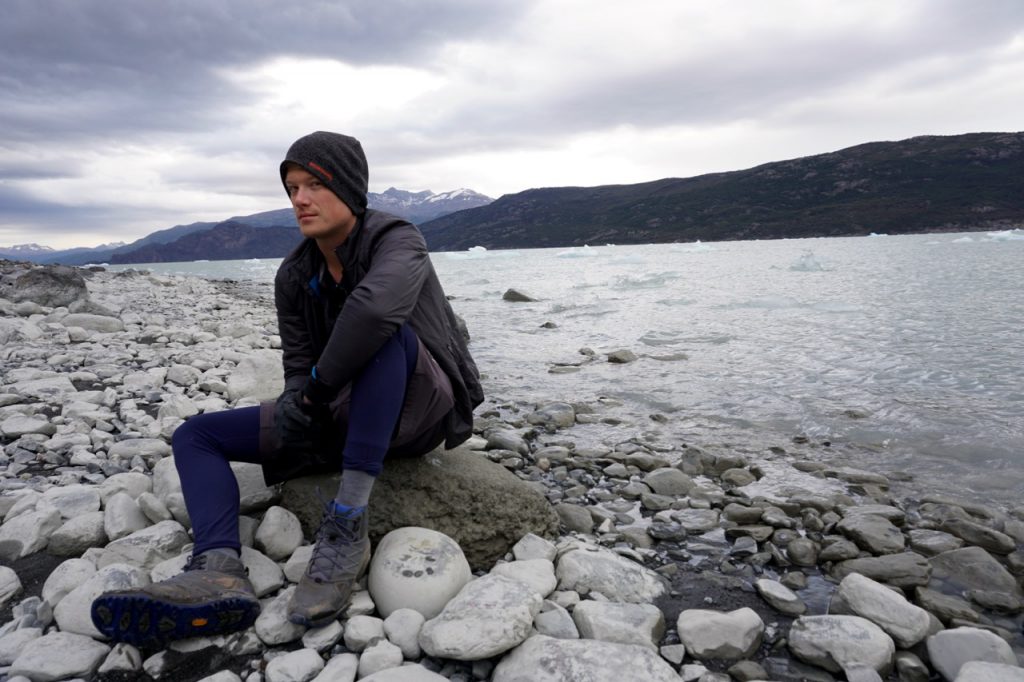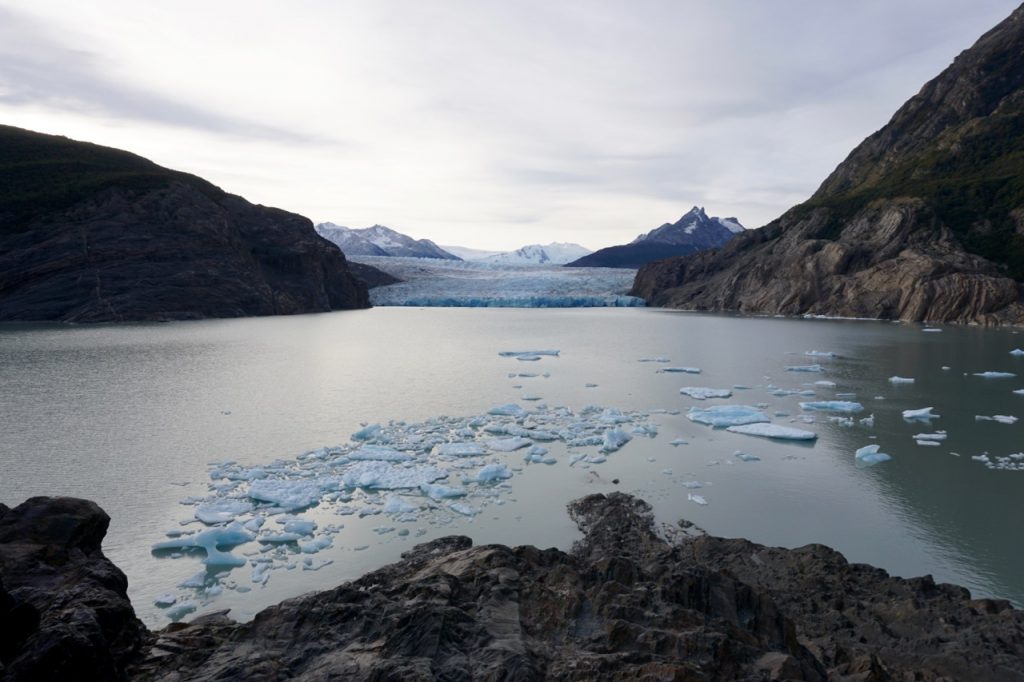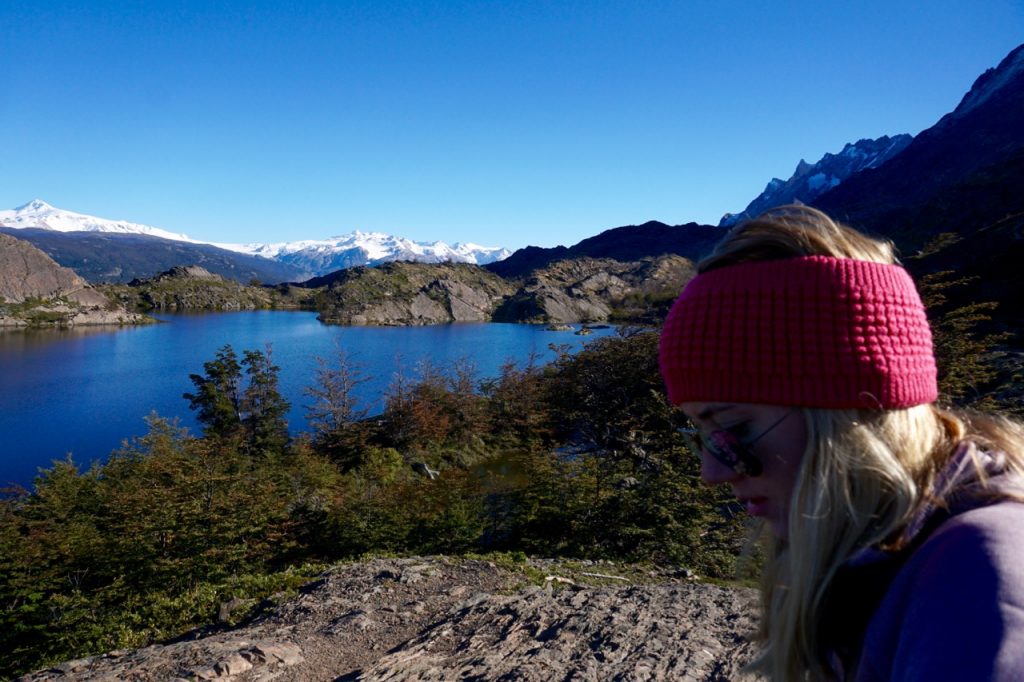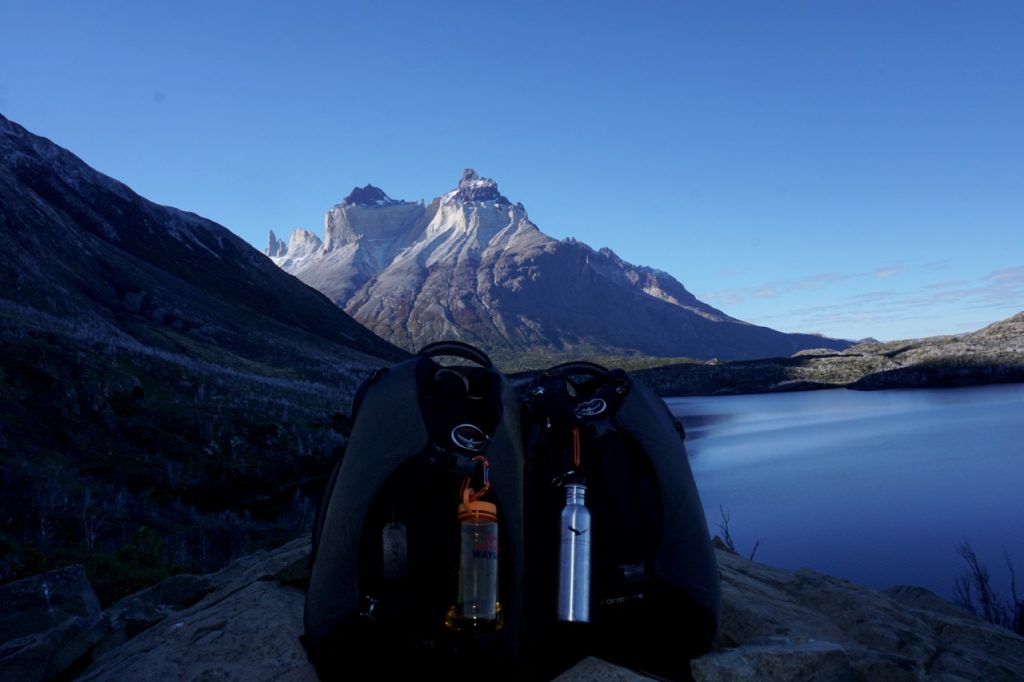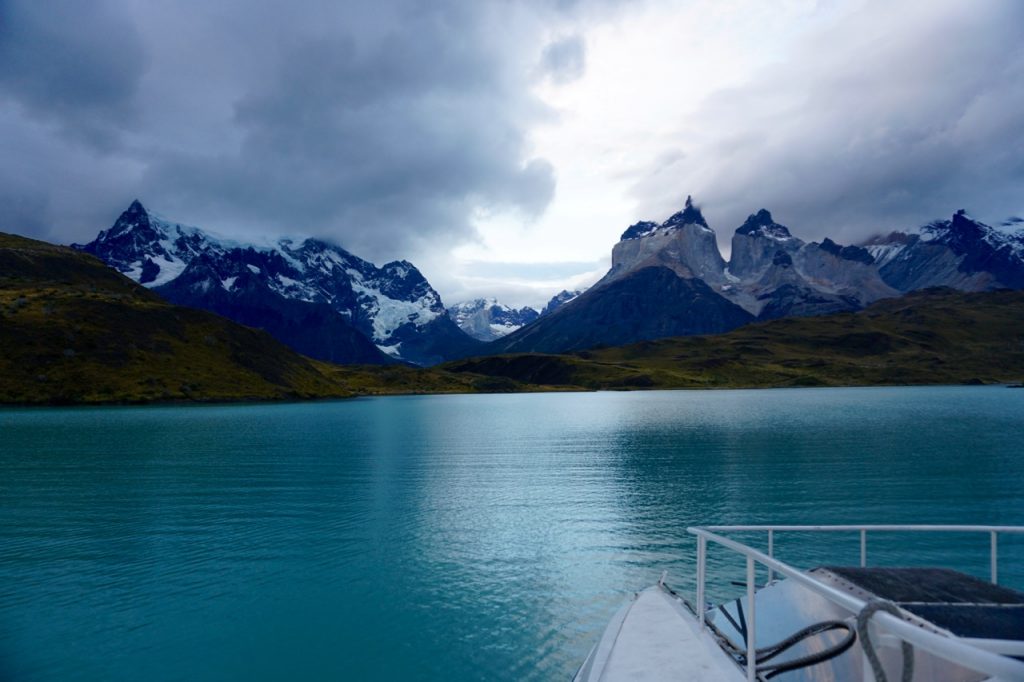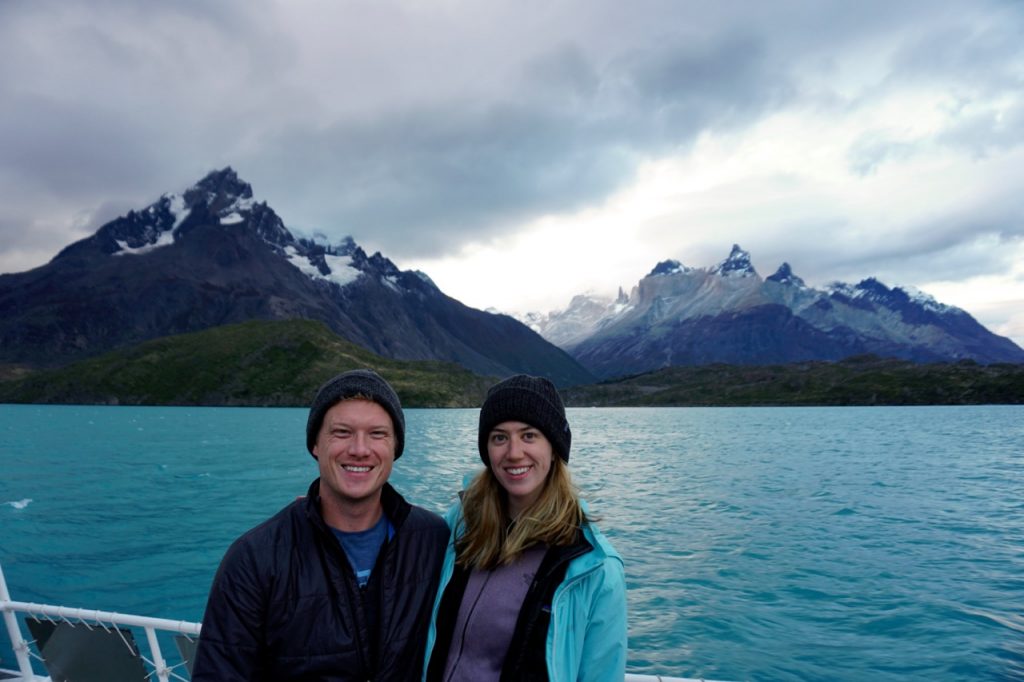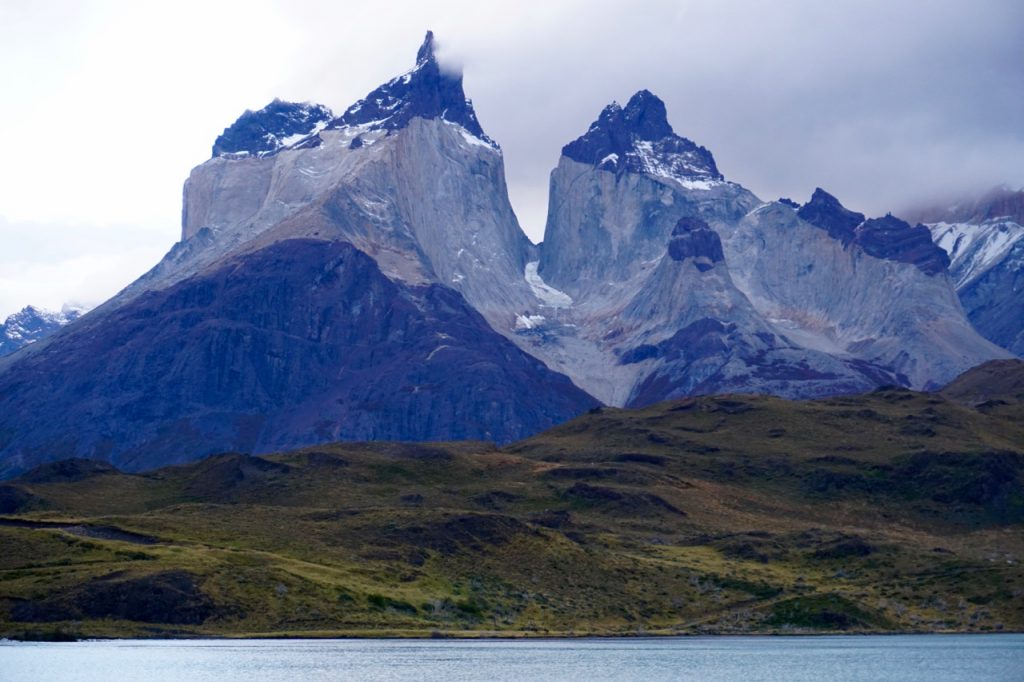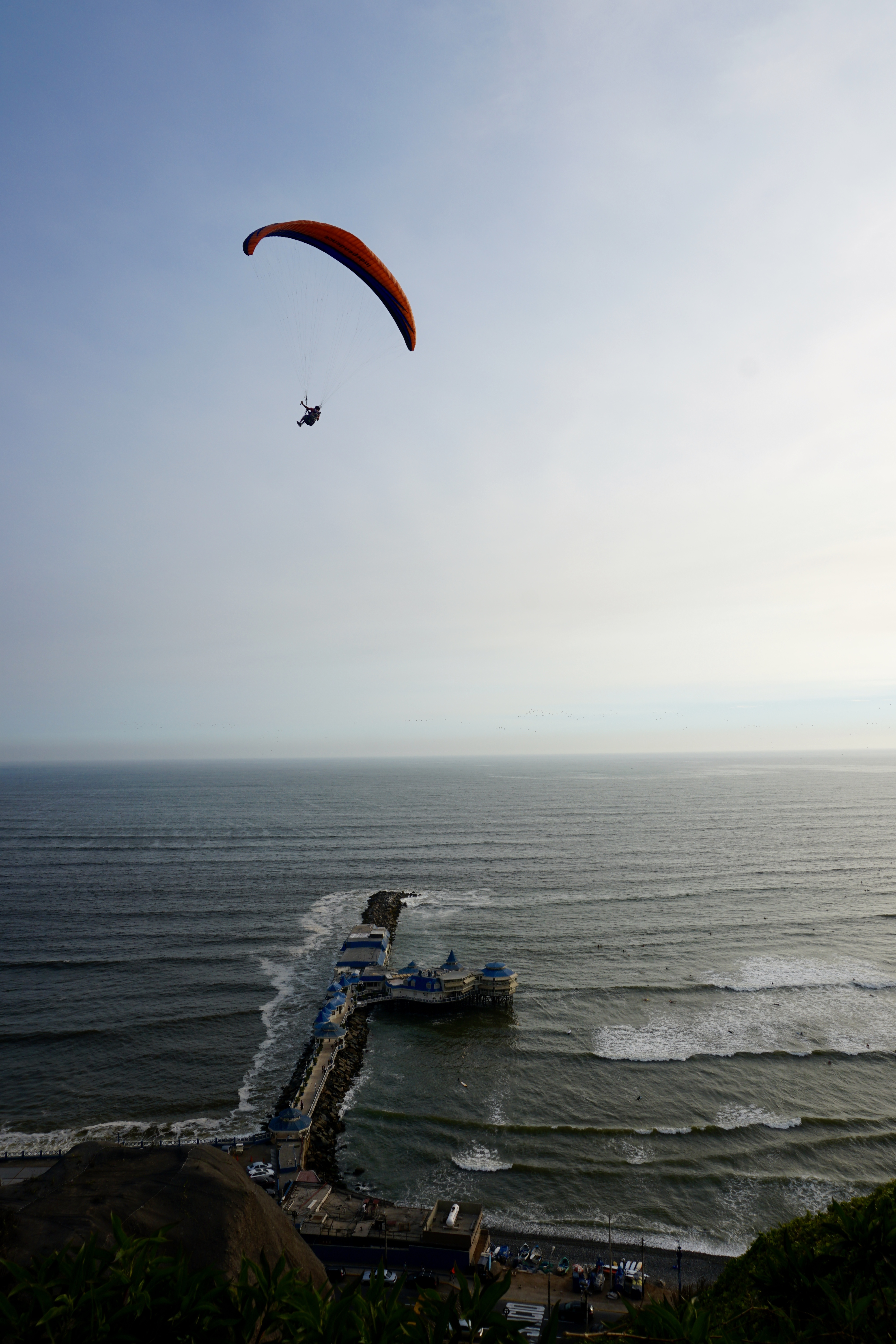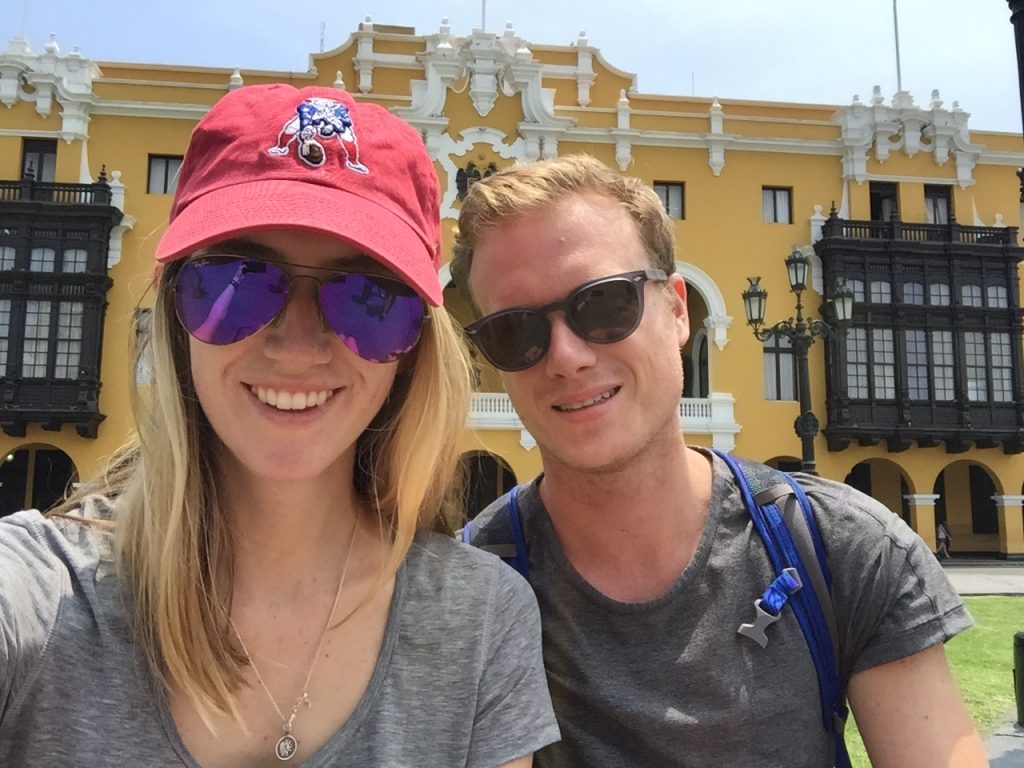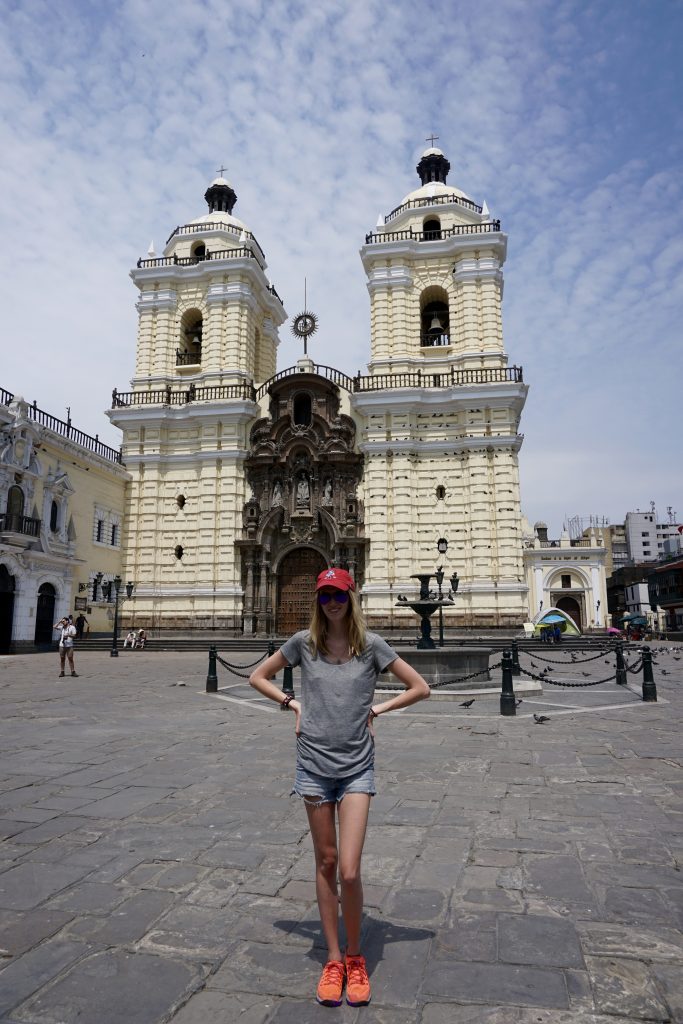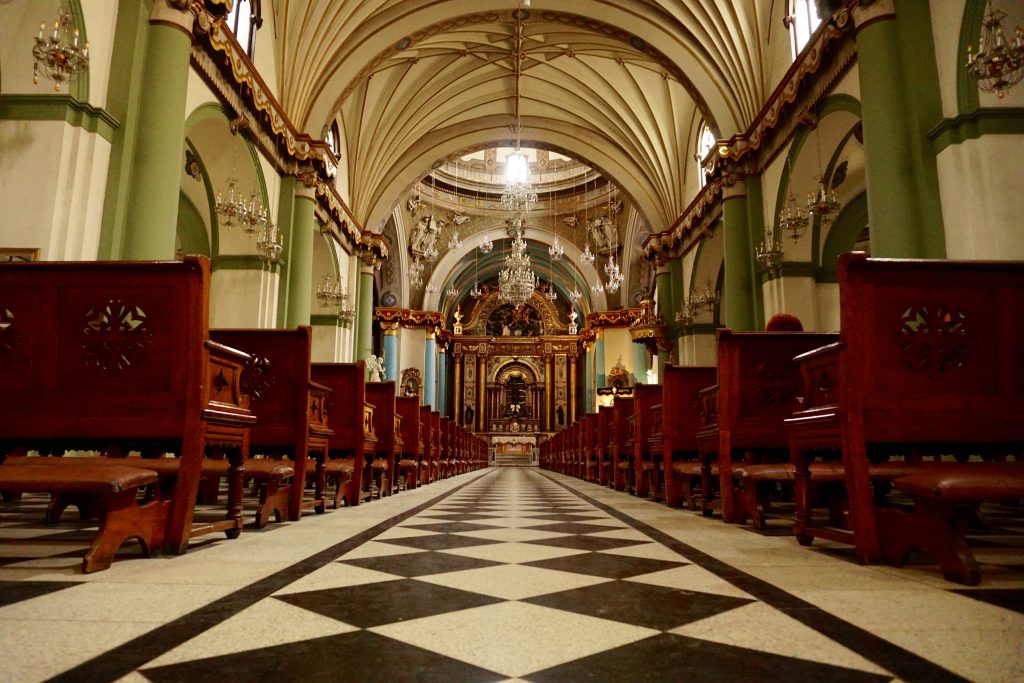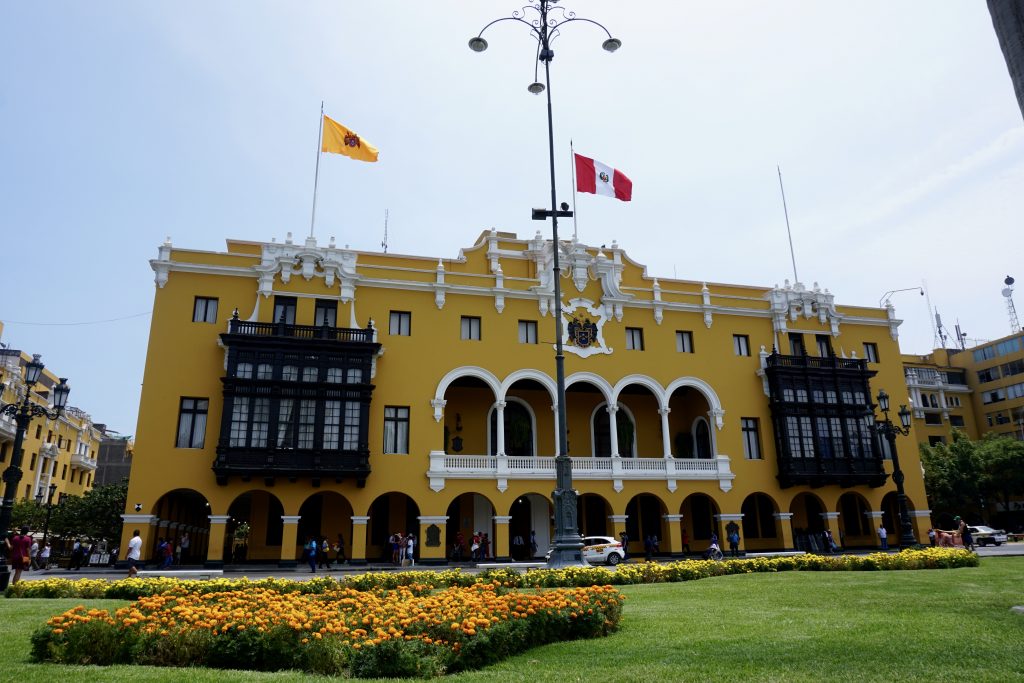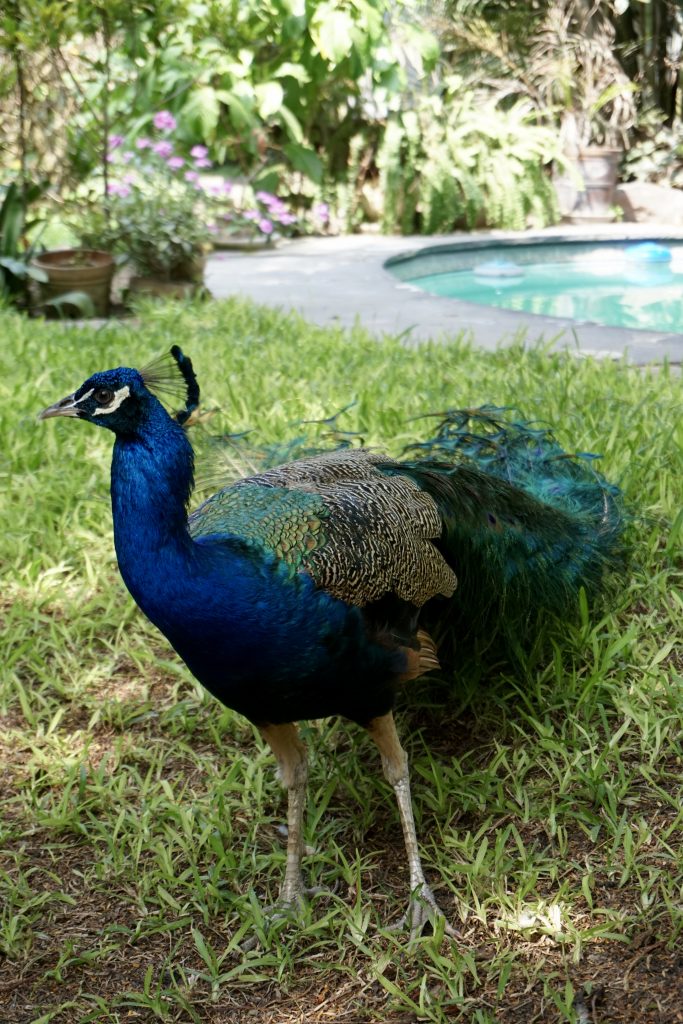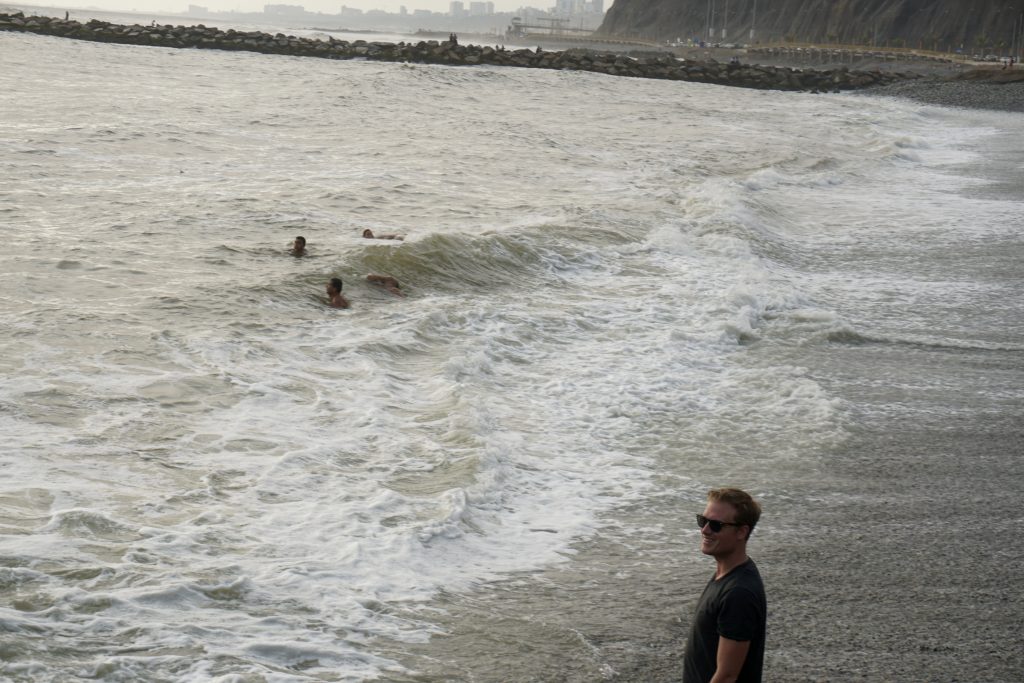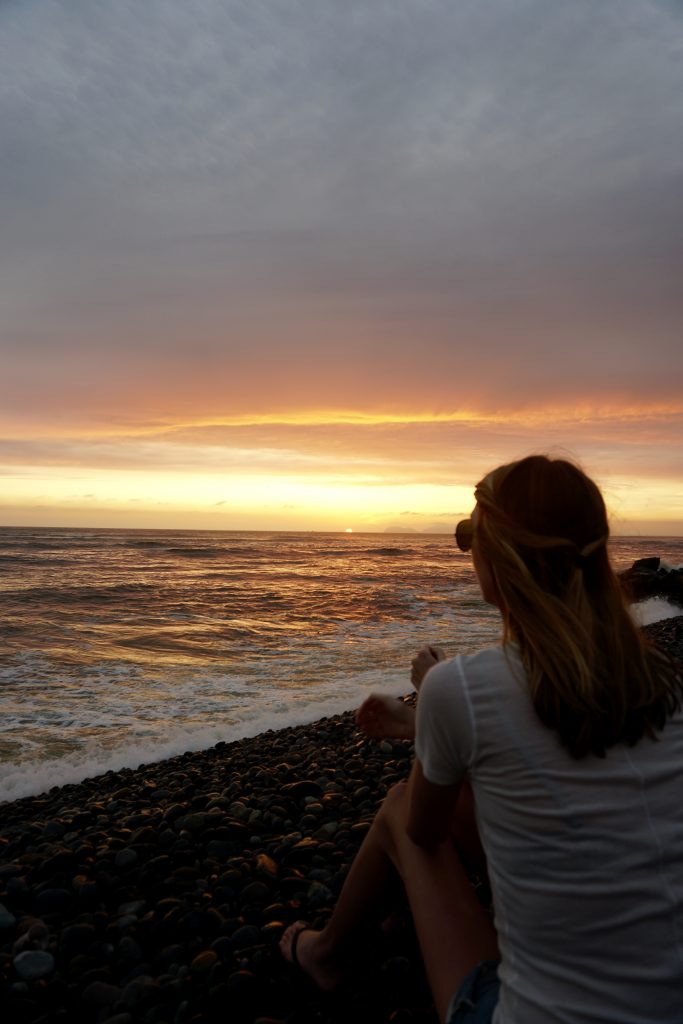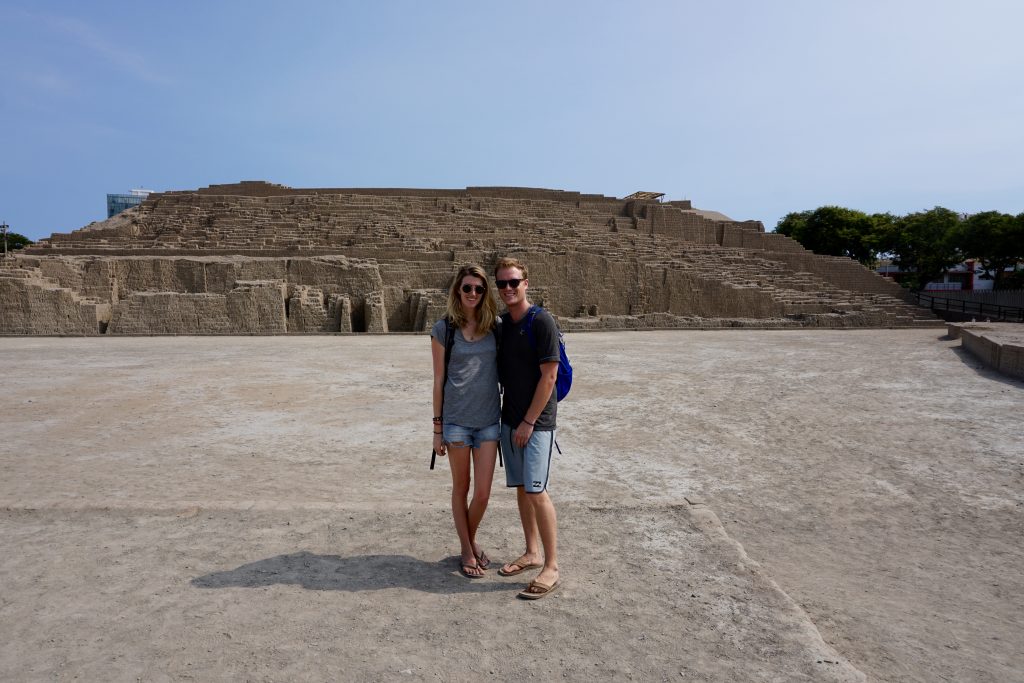It’s been said that this city is the Paris of South America. It’s also been said that it is the “new” New York. Both and neither are correct. After nearly a month in Buenos Aires we gently uncovered a place with a depth, tradition, and pride that defy any comparison.
Like all great romantic cities this place is best explored by walking its streets as aimlessly as possible. It’s buildings are majestic, old, and wealthy; craftily hiding the torments of time. So too, are the numbers of old ladies who take charge of this city during the day. To start to understand what makes Buenos Aires herself, sit at any cafe at any time of day and watch the women. They’re a living version of Rene Magritte’s man in the bowler hat with his face hidden by the apple. They all radiate with the same carefully bronzed skin. Their quaffed hairstyles are dyed the same gold over silver. They’re purposefully poised. However, instead of a polished red apple hiding their face, they’re all throwing the apples. Under the St John knit sweaters and carefully stylish and sensible shoes they have sharp elbows on the bus. Clenched fists fly in a rage at street bands who overstay and overplay their welcome too near the sanctified peace of an Argentinian Nona. Shop in their store and they’ll grace you with a Parisian kiss on each cheek. Attempt to hail a taxi at the same time, and one will, without mercy, upstream you faster than it can happen in New York.
Walk deeper down her streets and you’ll find bars and cafe’s in the early evening filled with locals drinking coffee and eating a sickening amount of sweet pastries to fill the void between meat at lunch and more meat for dinner at ten or eleven PM. Each night we drowned ourselves in what they called half sized cuts of steak.
Afterwards we would set out in search of the night layer of Buenos Aires. We visited bar after bar of the city’s supposed best and recommended nightlife. We sat in gigantic Victorian chairs sipping whimsically named cocktails while a larger than life “Alice in Wonderland” worthy clock spun circles overhead. We passed secret messages at dinner to find an escort into a too perfectly reenacted hideaway Prohibition bar. We followed our noses through an overflowing flower shop to find a secret refrigerator door to an illusory underground mirrored tunnel. On an acid high from the botanic biosphere above we drank from lab beakers of smoke, swirled vials of rose petals, and gaped at a giant octopus. As wondrous as it was, we couldn’t help but feel the tinge of anticlimax. Hadn’t we been to these bars before? Didn’t we sneak though the same secret passage, and sip on an equally exotic elixir? Maybe this is the new New York.
With that realization, our flower headed high began to wear off; until one night when a friend said ‘come with me.” We still used special keys, and spoke secret passwords to find our destination. This time however the key was a subway card, and passwords, unintelligible local Castellano Spanish. We found ourselves in a cross between a local community center and below ground gym. It didn’t start until after midnight and didn’t end until after the long after dawn. We sat at cheap tables surrounding a polished wood floor and drank fernet and cokes. The lights dimmed ever lower. An accordion sprang to life on stage, and then another, and then three more. Then the strings, and finally the suede voice of the singer. Gracefully and gradually they glided in pairs onto the dance floor; timeless old men in shimmering suits; young beautiful women in bedazzled dresses and sparkling shoes. Those simple seven steps to the music was all it took and we were mesmerized. They spun and twirled; toes swept the floor and wound up around each others bodies. Their hands barely touching each other. Their eyes were closed and yet not one of the hundred people on the small dance floor bumped another. They moved like every great Tango scene from every great movie, except better. These were regular people. They were the old ladies we walked past on the street, and the young couples we sat next to in the prohibition bar. This is where we found the real Buenos Aires and fell in love. Here, Argentina didn’t cry for us, we cried for Argentina.
